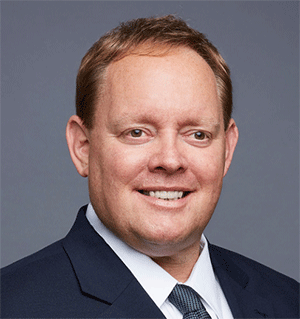Seat elevation takes another step forward ‘But there’s still a long row to go’

By Liz Beaulieu, Editor
Updated 9:12 AM CDT, Fri November 4, 2022
 YARMOUTH, Maine – Complex rehab stakeholders submitted more than 3,500 comments in support of reconsidering the national coverage determination for mobility assistive equipment to include power seat elevation systems.
YARMOUTH, Maine – Complex rehab stakeholders submitted more than 3,500 comments in support of reconsidering the national coverage determination for mobility assistive equipment to include power seat elevation systems.
“Even CMS said it was quite a large number of comments,” said Wayne Grau, executive director of NCART, on a recent industry webcast, “and these weren’t cut-and-paste comments. But there’s still a long row to go here.”
Stakeholders expect CMS to review the comments and issue a decision memo in February, with another 30-day comment period to follow, and then to finalize coverage in May.
But the industry’s work won’t end there, Grau points out.
“If we get a good outcome in May, we still have to go through the coding and payment process,” he said. “We need to make sure (this equipment) is coded properly and (has) payment amounts that are proper for the industry.”
There is also the issue of CMS moving forward with coverage for power seat elevations systems but not for power standing systems. A pair of sign-on letters in the House of Representatives and Senate asking the agency to not only move quickly to establish coverage for power seat elevation systems but also to include power standing systems drew 81 and 22 signatures, respectively.
“This stuff really does matter,” Grau said. “To get (that many signatures) in such a short time – you lit a fire under them to get this done.”
'True cost’
U.S. Rehab, a division of VGM & Associates, is gathering data from providers on the “true cost” of repairs, which it plans to eventually share with CMS and lawmakers.
“When talking to CMS or (members of) Congress, what they always say is, ‘Is it really costing that much?’” said Dan Fedor, director of reimbursement and education. “They see the allowable and the cost of goods, but the repair goes beyond the equipment and the technician.”
Fedor says, for example, that one provider reported a net loss of $652 for a joystick repair when they took into account the increased cost of parts, labor and fuel, as well as the cost of internal processes “to get that (repair) to the technician.”
Increased engagement
The Clinician Task Force has begun setting goals for 2023, including increasing engagement with physical and occupational therapy organizations to better address Medicaid issues that pop up in individual states.
“We have members in most every state,” said Cara Masselink, executive director of the CTF, “but we’d like to see increased education around appropriate wheelchair seating and mobility.”
The CTF is also working to improve and update pressure relief guidelines, and is considering publishing “CTF-based information on ethics,” Masselink says.
Comments